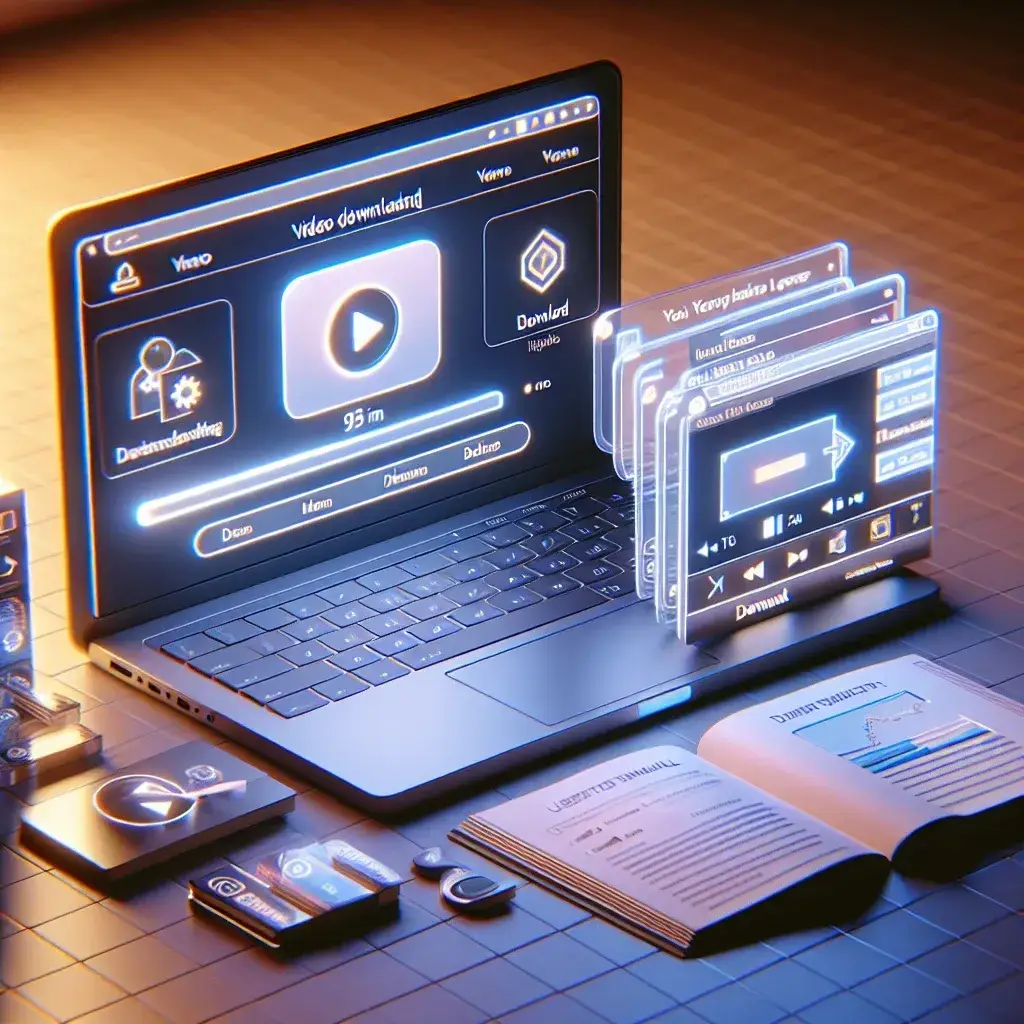Introduction to Blockchain in Charity Donations
In recent years, blockchain technology has emerged as a revolutionary tool in various sectors, including finance, healthcare, and supply chain management. One of the most profound impacts of blockchain is in the world of charitable donations. By providing a transparent, efficient, and secure way to track donations, blockchain is changing the landscape of philanthropy.
Understanding Blockchain Technology
At its core, blockchain is a decentralized digital ledger that records transactions across multiple computers. This ensures that the records cannot be altered retroactively, thereby increasing trust among parties. Each transaction is stored in a block, which is linked to the previous block, forming a chain of blocks. This system is inherently secure and transparent, which is crucial for charity organizations.
The Need for Transparency in Charity Donations
Transparency has always been a significant issue in the charity sector. Donors often struggle to trust that their contributions are used effectively and reach the intended beneficiaries. Issues such as mismanagement of funds and lack of accountability have led to skepticism among potential donors.
How Blockchain Enhances Transparency
- Public Ledger: Every transaction made through blockchain is recorded on a public ledger. This means that anyone can verify how funds are being used.
- Real-Time Tracking: Donors can track their donations in real-time, seeing exactly how their contributions are making a difference.
- Smart Contracts: These are self-executing contracts with the terms directly written into code. They can automate the donation process, ensuring funds are released only when specific conditions are met.
Benefits of Using Blockchain for Charity Donations
1. Increased Trust
By providing an irrefutable record of transactions, blockchain instills confidence in donors. When donors see that their contributions are being utilized as promised, they are more likely to donate again in the future.
2. Reduced Costs
Blockchain can eliminate intermediaries in the donation process, reducing admin costs. This means a larger percentage of donations goes directly to those in need.
3. Global Reach
Blockchain technology operates across borders, allowing donors to contribute to charities worldwide without worrying about currency conversions or international transaction fees.
Real-world Examples
Several organizations are already harnessing the power of blockchain to improve their donation processes:
- BitGive: This organization uses blockchain technology to track the flow of donations and provides transparency in how the funds are used.
- AidCoin: A platform that allows donors to contribute using cryptocurrency, utilizing blockchain to provide transparency and traceability for every donation.
Challenges and Considerations
While the benefits of blockchain in charity donations are substantial, there are also challenges to consider. Issues such as the digital divide, where some donors may not have the technical knowledge to navigate blockchain platforms, and regulatory concerns regarding cryptocurrencies can pose hurdles. It’s crucial for organizations to educate their donors and address these issues to maximize the potential of blockchain technology.
Conclusion
Blockchain technology is undoubtedly transforming the way charity donations are made and tracked. By increasing transparency, reducing costs, and fostering trust, blockchain has the potential to revolutionize philanthropy. As more organizations embrace this technology, the future of charitable giving looks promising, ensuring that funds are allocated effectively and reach those who need them the most.




Leave a Reply